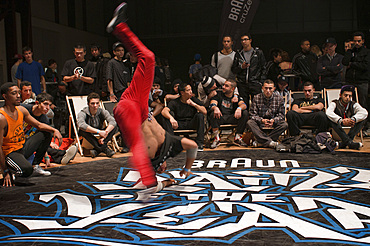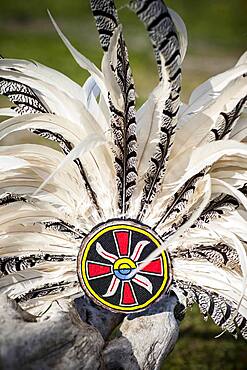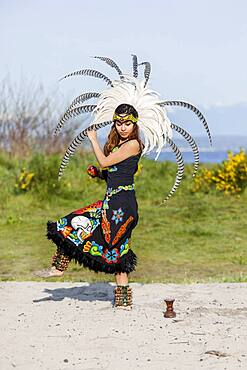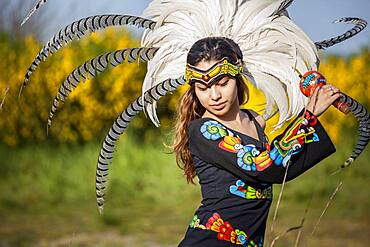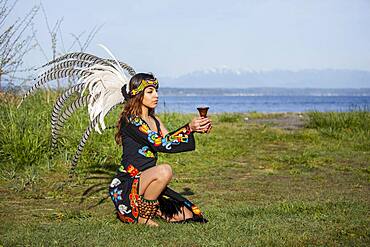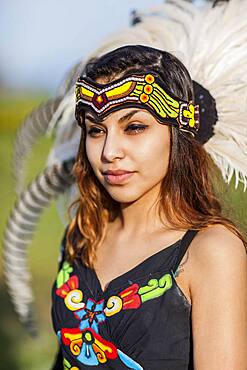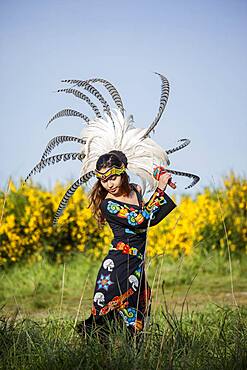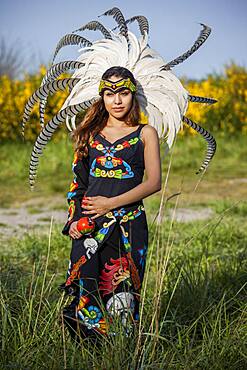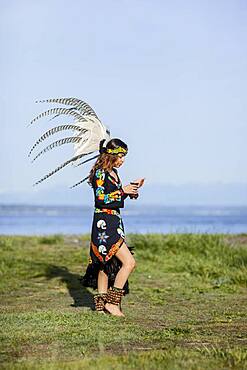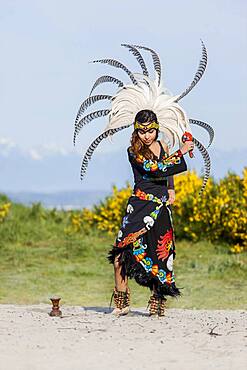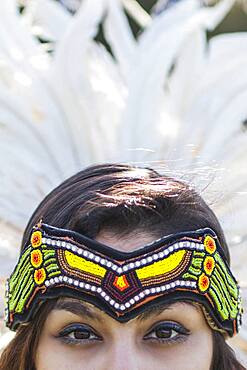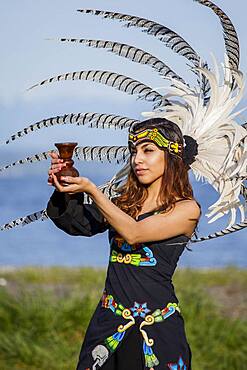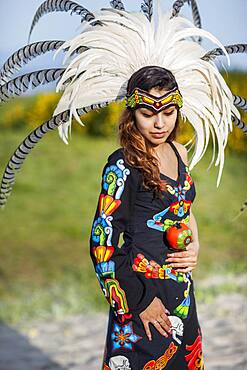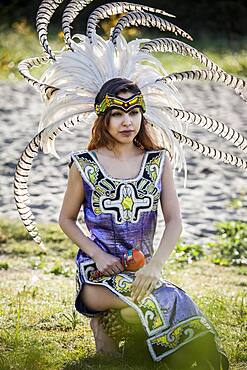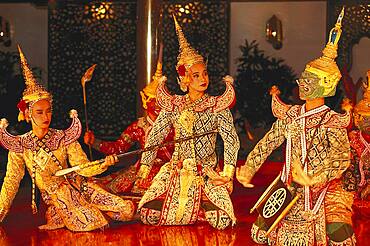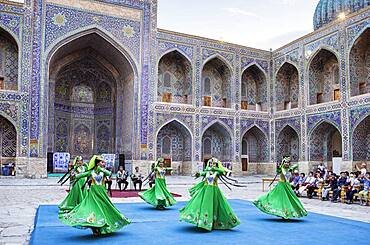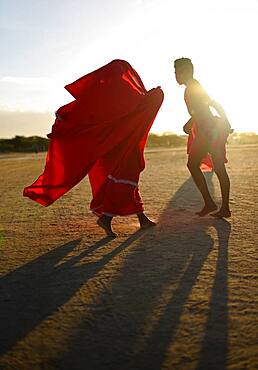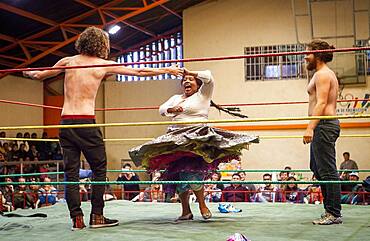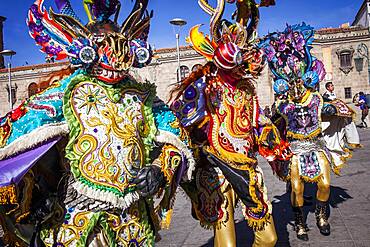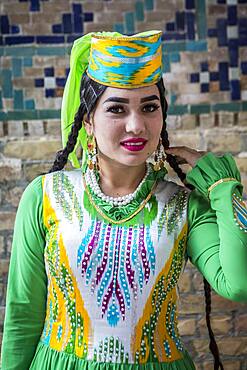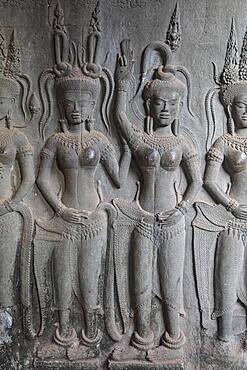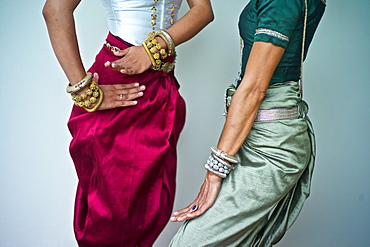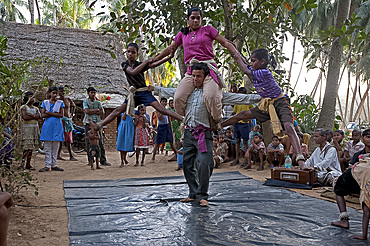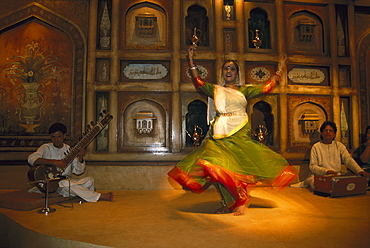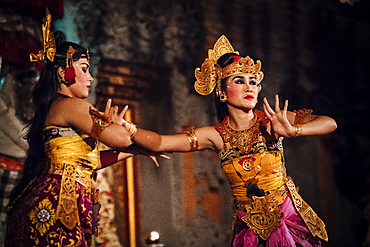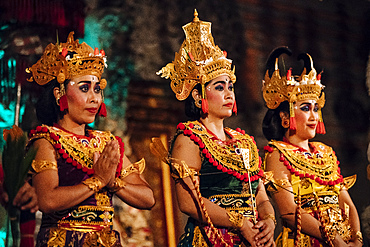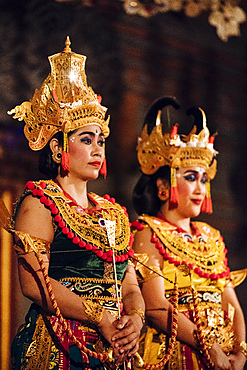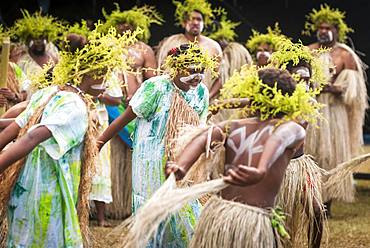Recent searches
Loading...
1350-3864 - Funeral for the death of a person due to Coronavirus and AIDS in a small village near Kitui city in the Kamba country in Kenya, Africa.
1350-2777 - Intore Traditional dance performed outdoors near Volcanoes National Park in Rwanda
1350-3876 - Christian sunday mass in a small village near Kitui in the Kamba country in Kenya, Africa.
1350-3794 - The Battle of the Year Breakdance and Hip Hop competition in Montpellier France.
Each year is a great time of Hip Hop culture lies ahead for the final of Battle of the Year, this Breakdance competition puts face to face the best crews of France. Beyond the competition, the Festival A change of direction means a whole week of evenings, debates, exhibitions, graffiti, and Bboy battles Bgirl...
1178-33118 - Native American woman in traditional headdress performing ceremony
1178-33112 - Native American woman in traditional headdress performing ceremony
1178-33108 - Native American woman in traditional headdress performing ceremony
1178-33114 - Native American woman in traditional headdress performing ceremony
1178-33107 - Native American woman in traditional headdress performing ceremony
1178-33121 - Native American woman wearing traditional headdress
1178-33106 - Native American woman in traditional headdress performing ceremony
1178-33120 - Native American woman wearing traditional headdress
1178-33109 - Native American woman in traditional headdress performing ceremony
1178-33115 - Native American woman in traditional headdress performing ceremony
1178-33110 - Native American woman in traditional headdress performing ceremony
1178-33119 - Native American woman in traditional headdress performing ceremony
1178-33113 - Native American woman in traditional headdress performing ceremony
1178-33111 - Native American woman in traditional headdress performing ceremony
1178-33104 - Native American woman wearing traditional headdress
1178-33116 - Native American woman in traditional headdress performing ceremony
1178-33117 - Native American woman in traditional headdress performing ceremony
1178-33122 - Native American woman wearing traditional headdress
1178-33105 - Native American woman in traditional headdress performing ceremony
1184-5875 - Traditional dressed young girls practising local dances, Laarim tribe, Boya Hills, Eastern Equatoria, South Sudan, Africa
1184-5868 - Traditional dressed young girls practising local dances, Laarim tribe, Boya Hills, Eastern Equatoria, South Sudan, Africa
1113-105411 - Traditional Bavarian folk dance, Bavaria, Germany
1113-105362 - Dancers in traditional costumes, Oriental Hotel, Bangkok, Thailand, Asia
1350-1865 - Yonna dance, also called Chichamaya, carries a considerable symbolic charge for the Wayuu indigenous people of Colombia, representing three basic principles for this tribal group: Social equality, collective solidarity and the improvement of relations between the human being and the Cosmos.
1350-941 - Aspara sculptures in bas-relief on the wall, in Angkor Wat, Siem Reap, Cambodia
1350-1859 - Yonna dance, also called Chichamaya, carries a considerable symbolic charge for the Wayuu indigenous people of Colombia, representing three basic principles for this tribal group: Social equality, collective solidarity and the improvement of relations between the human being and the Cosmos.
1350-1871 - Yonna dance, also called Chichamaya, carries a considerable symbolic charge for the Wayuu indigenous people of Colombia, representing three basic principles for this tribal group: Social equality, collective solidarity and the improvement of relations between the human being and the Cosmos.
1350-1565 - Traditional dance, folklore, in the courtyard of Sher Dor Medressa, Registan, Samarkand, Uzbekistan
1350-1860 - Yonna dance, also called Chichamaya, carries a considerable symbolic charge for the Wayuu indigenous people of Colombia, representing three basic principles for this tribal group: Social equality, collective solidarity and the improvement of relations between the human being and the Cosmos.
1350-832 - Lucha Libre. Two spontaneous up to the ring to dace with the cholita Angela la Folclorista to celebrate the victory, Sports center La Ceja, El Alto, La Paz, Bolivia
1350-1861 - Yonna dance, also called Chichamaya, carries a considerable symbolic charge for the Wayuu indigenous people of Colombia, representing three basic principles for this tribal group: Social equality, collective solidarity and the improvement of relations between the human being and the Cosmos.
1350-882 - Fiesta del Gran Poder, Plaza San Francisco, in background San Francisco church, La Paz, Bolivia
1350-939 - Aspara sculptures in bas-relief on the wall, in Angkor Wat, Siem Reap, Cambodia
1350-1862 - Yonna dance, also called Chichamaya, carries a considerable symbolic charge for the Wayuu indigenous people of Colombia, representing three basic principles for this tribal group: Social equality, collective solidarity and the improvement of relations between the human being and the Cosmos.
1350-1866 - Yonna dance, also called Chichamaya, carries a considerable symbolic charge for the Wayuu indigenous people of Colombia, representing three basic principles for this tribal group: Social equality, collective solidarity and the improvement of relations between the human being and the Cosmos.
1350-1870 - Yonna dance, also called Chichamaya, carries a considerable symbolic charge for the Wayuu indigenous people of Colombia, representing three basic principles for this tribal group: Social equality, collective solidarity and the improvement of relations between the human being and the Cosmos.
1350-943 - Aspara sculpture in bas-relief on the wall, in Angkor Wat, Siem Reap, Cambodia
1350-1868 - Yonna dance, also called Chichamaya, carries a considerable symbolic charge for the Wayuu indigenous people of Colombia, representing three basic principles for this tribal group: Social equality, collective solidarity and the improvement of relations between the human being and the Cosmos.
1350-1858 - Yonna dance, also called Chichamaya, carries a considerable symbolic charge for the Wayuu indigenous people of Colombia, representing three basic principles for this tribal group: Social equality, collective solidarity and the improvement of relations between the human being and the Cosmos.
1350-822 - At left Dina , in the middle Benita la Intocable, at right Angela la Folclorista, cholitas females wrestlers, El Alto, La Paz, Bolivia
1350-885 - Fiesta del Gran Poder, Plaza San Francisco, in background San Francisco church, La Paz, Bolivia
1350-1869 - Yonna dance, also called Chichamaya, carries a considerable symbolic charge for the Wayuu indigenous people of Colombia, representing three basic principles for this tribal group: Social equality, collective solidarity and the improvement of relations between the human being and the Cosmos.
1350-883 - Fiesta del Gran Poder, Plaza San Francisco, La Paz, Bolivia
1350-1449 - Traditional Thai dancers performing for Brahma, they dance on request for donations, Erawan Shrine, Bangkok
1350-1542 - women in traditional dress, for folk dance, dancer, in Rukhobod Mausoleum, Samarkand, Uzbekistan
1350-1863 - Yonna dance, also called Chichamaya, carries a considerable symbolic charge for the Wayuu indigenous people of Colombia, representing three basic principles for this tribal group: Social equality, collective solidarity and the improvement of relations between the human being and the Cosmos.
1350-884 - Fiesta del Gran Poder, Plaza San Francisco, in background San Francisco church, La Paz, Bolivia
1350-942 - Representation, Ramayana epic, Bas-relief carvings, in Bayon temple, Angkor Thom, Angkor, Siem Reap, Cambodia
1350-1864 - Yonna dance, also called Chichamaya, carries a considerable symbolic charge for the Wayuu indigenous people of Colombia, representing three basic principles for this tribal group: Social equality, collective solidarity and the improvement of relations between the human being and the Cosmos.
1350-1567 - Traditional dance, folklore, Samarkand, Uzbekistan
1350-1867 - Yonna dance, also called Chichamaya, carries a considerable symbolic charge for the Wayuu indigenous people of Colombia, representing three basic principles for this tribal group: Social equality, collective solidarity and the improvement of relations between the human being and the Cosmos.
1350-1564 - Woman in traditional costume, Samarkand, Uzbekistan
1350-1566 - Traditional dance, folklore, Samarkand, Uzbekistan
1350-940 - Aspara sculptures in bas-relief on the wall, in Angkor Wat, Siem Reap, Cambodia
1345-112 - Apsara Dancer, performing a traditional Khmer dance, Amansara Luxury Hotel, Cambodia
1345-116 - Apsara Dancer, performing a traditional Khmer dance, Amansara Luxury Hotel, Cambodia
1345-114 - Apsara Dancer, performing a traditional Khmer dance, Amansara Luxury Hotel, Cambodia
1345-110 - Apsara Dancer, performing a traditional Khmer dance, Amansara Luxury Hotel, Cambodia
1345-113 - Apsara Dancer, performing a traditional Khmer dance, Amansara Luxury Hotel, Cambodia
1345-115 - Apsara Dancer, performing a traditional Khmer dance, Amansara Luxury Hotel, Cambodia
1345-111 - Apsara Dancer, performing a traditional Khmer dance, Amansara Luxury Hotel, Cambodia
1345-117 - Apsara Dancer, performing a traditional Khmer dance, Amansara Luxury Hotel, Cambodia
1345-118 - Apsara Dancer, performing a traditional Khmer dance, Amansara Luxury Hotel, Cambodia
805-598 - Four dancers whirling round as part of a traditional Gotipua (single boy) temple dance performance, Ballia, rural Orissa, India, Asia
805-597 - A demonstration of traditional Gotipua (single boy) temple dancing taking place in musician's village, Ballia, Orissa, India, Asia
1116-49265 - Black and white image of Cuban dance with dancers blurred in motion, Havana, Cuba
846-288 - Traditional Vietnamese Lotus dance, Vietnam, Indochina, Southeast Asia, Asia
1113-103553 - Traditional Thai dancers performing for Brahma, they dancing on request for donations, Erawan Shrine, Ratchadamri Road near Siam Square, Pathum Wan District, Bangkok, Thailand
1113-103554 - Traditional Thai dancers performing for Brahma, they dancing on request for donations, Erawan Shrine, Ratchadamri Road near Siam Square, Pathum Wan District, Bangkok, Thailand
1113-103555 - Traditional Thai dancers performing for Brahma, they dancing on request for donations, Erawan Shrine, Ratchadamri Road near Siam Square, Pathum Wan District, Bangkok, Thailand
1113-104026 - Dancer and musicians inside the Taj Mahal hotel, Dehli, India, Asia
1113-103122 - Young woman wearing traditional costume and headdress at Singsing Dance, Lae, Papue New Guinea, Oceania
1113-103894 - Dragon dance group, people in traditional costumes, Haw Par Villa, Singapore, Asia
762-173 - Traditional Latvian folk dancing, performed at the Latvian Open Air Ethnographic Museum (Latvijas etnografiskais brivdabas muzejs), near Riga, Latvia, Baltic States, Europe
762-372 - Traditional folk dancing, Sighisoara, Transylvania, Romania, Europe
800-3764 - Tai Hang Dragon Dance, Tai Hang, Causeway Bay, Hong Kong, China, Asia
800-3770 - Tai Hang Dragon Dance, Tai Hang, Causeway Bay, Hong Kong, China, Asia
800-3763 - Tai Hang Dragon Dance, Tai Hang, Causeway Bay, Hong Kong, China, Asia
1111-79 - Caci man performing a traditional whip dance with bamboo shield and leather whip, western Flores, Indonesia, Southeast Asia, Asia
1111-82 - Caci men perform a traditional whip dance with bamboo shields and leather whips, western Flores, Indonesia, Southeast Asia, Asia
1111-81 - Caci men perform a traditional whip dance with bamboo shields and leather whips, western Flores, Indonesia, Southeast Asia, Asia
1111-78 - Caci man performing a traditional whip dance with bamboo shield and leather whip, western Flores, Indonesia, Southeast Asia, Asia
1111-84 - Caci men perform a traditional whip dance with bamboo shields and leather whips, western Flores, Indonesia, Southeast Asia, Asia
1111-80 - Caci men perform a traditional whip dance with bamboo shields and leather whips, western Flores, Indonesia, Southeast Asia, Asia
805-1300 - Bhokots (monks), performing the Sattriya Nritya, monastery dance of prayer, Majuli Island, Assam, India, Asia
805-1299 - Bhokots (monks), performing the Sattriya Nritya, monastery dance of prayer, Majuli Island, Assam, India, Asia
848-1901 - Traditional Balinese Dance Performance, Ubud, Bali, Indonesia, Southeast Asia, Asia
848-1897 - Traditional Balinese Dance Performance, Ubud, Bali, Indonesia, Southeast Asia, Asia
848-1895 - Traditional Balinese Dance Performance, Ubud, Bali, Indonesia, Southeast Asia, Asia
1116-43343 - Hadzabe men and women dance and sing after a successful morning hunt near Lake Eyasi, Tanzania
1218-290B - Traditional Radha dance during the Flower Holi Festival, Vrindavan, Uttar Pradesh, India, Asia
860-287039 - Kanak traditional dance, Cultural festival. Common Poya. New Caledonia.
860-287041 - Details of traditional Futuna dance clothes, Cultural festival. Common Poya. New Caledonia.
860-287042 - Futuna dancer in traditional dance clothes, Cultural festival. Town of Common Poya. New Caledonia.



